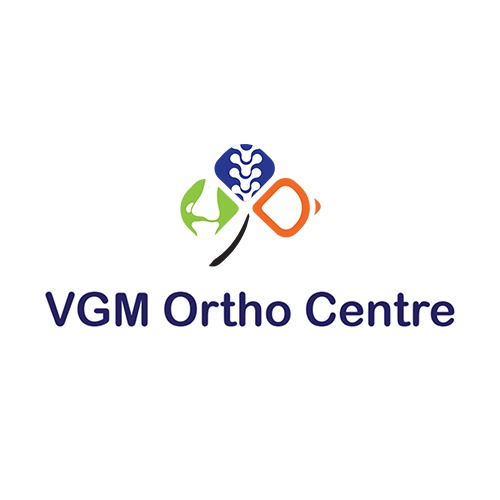

Total knee Replacement is a surgical procedure where the worn out/deformed ends of the femur (thigh bone), tibia (leg bone) and occasionally also the patella (knee cap) are reshaped using special jigs to prepare the surfaces of the bones to restority are fixed to the bones using a special substance called PMMA bone cement. The stability, range of movement and alignment of the joint are checked and ensured throughout the procedure.
The physiological age of the patient is not of true relevance. Other factors like life expectancy, activity levels, mobility levels, cardiac/physician assessment should be considered.
Most patients can walk within 24 hours after surgery. However pain tolerance, general condition, co-morbid diseases, muscle strength, degree of deformity corrected, bone strength are factors to consider. Hence some patients may walk in 48-72 hours.
Patients usually climb two to five steps before discharge. This ensures that they can achieve independence when they return home and need not depend on family members for support.
Patients usually stay for around five days after surgery (range of 3 to 7 days). The purpose of post-operative hospital stay is wound dressing, antibiotics, pain killers and other medications, exercises under physiotherapist guidance, training to achieve independence after surgery.
There is no need for a walker usually. However a walker is advised as a temporary support for 3-4 days for pain relief and to encourage walking.
The sutures usually come off by 12-14 days after surgery. Usually two dressings are done during hospital stay. After discharge one further dressing maybe needed before suture removal. All dates can be comfortably made up by prior appointments.
In some patients, a brace is suggested as a support for weak bones (E.g. Osteoporosis, Rheumatoid arthritis). A brace can also help in pain relief initially.
There are many reasons for limping after surgery, the most common being not doing adequate exercises to restore mobility and not improving muscle strength. Other occasional causes include infection, implant loosening etc..
The role of a physiotherapist is to encourage mobility, aid and assist in achieving movements of the knee, improving muscle strength and achieving independence after surgery.
Invariably all individuals after 40 years of age have one disease atleast like diabetes, hypertension. Heart disease, asthma, thyroid, eosinophilia, allergy etc.. The mere presence of such diseases is definitely not a contraindication. However, since this is an elective surgery, it is better to control these co-morbid illnesses and then perform the surgery.